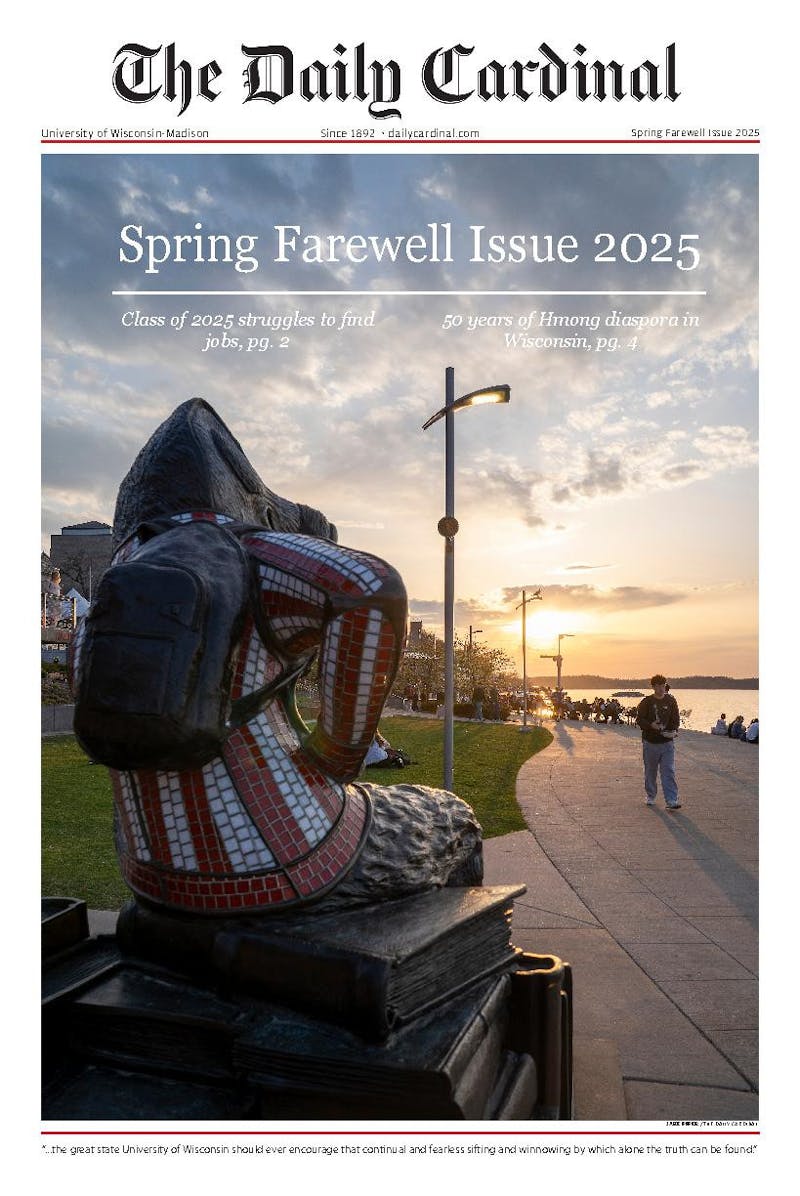If you've been to the bookstore regularly in the past 10 years, you've probably noticed how one section in particular grows almost exponentially each year. Comic-book nerds and fifth-graders in the midst of getting through Maus"" have been familiar with that section for ages. I'm talking, of course, about graphic novels.
What once started out as slim superhero volumes you could buy from the same places selling collectible baseball cards (remember those?) have developed into dense 300-page plotlines. At some point in the '80s, comic-book writers started delving into character development and a variety of alternative story scenarios to saving the world and spandex. There's even graphic non-fiction like ""Persepolis"" and the radical ""A Graphic Biography"" series.
But do graphic novels really belong next to ""To Kill A Mockingbird?"" Are they even ""novels?"" With the adaptation of several graphic novels into movies, the interest in this newer kind of book has soared. Sometimes when I've passed by three-bookcase sections of graphic novels in bookstores (once for a very specialized audience) I've wondered if it's signaled a death knell for more ""normal"" literature.
Although I was once skeptical, I think it's probably time to accept the graphic novel as a legitimate literary form.
It's not just that graphic novels like ""Blankets"" explore serious themes on par with some of the most prized literary fiction and nonfiction. And it's not that they're necessarily more exciting than regular books. Although some have pointed to graphic novels' use of pictures to help tell a story as a sign of being more accessible to a society that, let's face it, is becoming more and more illiterate, people who consume graphic literature aren't exactly society's non-readers.
In fact, it's really the opposite. Graphic novels are filled with references to other works of ""real"" literature and because of complex narratives, they aren't always much easier to get through than plain old prose. The use of graphics allows authors and illustrators to portray images in ways that prose sometimes can't. Beyond that, the elimination of the need for heavy description has meant that the writing can focus on characterization and dialogue. Indeed, beyond anything else, it is the complexities of these characters that justifies giving graphic novels the literature tag.
Which isn't to say that graphic novels aren't different from real books. After all, it would be very difficult to apply the same stylistic quirks to text restricted to a two-inch-wide speech bubble. And there can also be something very special about that use of description, both of places and people and also of emotions.
But what graphic novels and regular books have in common (and this is perhaps a reason why their respective readers are far from being mutually exclusive) is that they both rely on reader imagination. Perhaps normal literature more so than graphic novels, but reading a graphic novel still forces you to superimpose your own imagined accents and movements on the characters, your own imagined sounds of windows shattering and doors clicking open and closed.
The truth is, those kids I knew in fifth-grade who read ""Maus"" now read more than most other people I know. If some people get intimidated by pages of tightly packed together black letters, that's fine. But if graphic novels are the key to getting them to participate in a form of entertainment that is not purely receptive, it almost doesn't matter that regular books are in decline.
If you wish to meet up with Frances at the bookstore to discuss your plans to attend the next comic-book convention, e-mail her at provine@wisc.edu.





